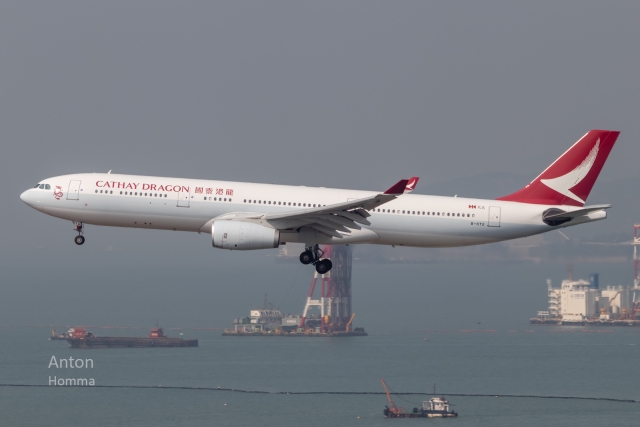Cathay to axe Cathay Dragon and defers B777-9s.
Cathay announced a large restructuring of the group in an effort to survive the effects of the Corona-pandemic. Next to the loss of up to 8,500 jobs, Cathay will also discontinue the Cathay Dragon-brand. It deems operating two separate full-service carriers not sustainable and sacrifices Dragon for the flagship Cathay Pacific. The airline also announced that they have deferred their order for 21 B777-9s to beyond 2025.
Cathay Dragon was originally launched as Hong Kong Dragon Airlines Limited in May 1985, but operated as Dragonair. It was the first real competitor of Cathay Pacific and faced strong opposition from the national airline as well as the government. They started operations in July 1985 using the B737-200. Over the years they grew and in 1990 89% of its shares were bought by Cathay Pacific, Swire Group (owner of Cathay) and CITIC Pacific. As a result of this new ownership Cathay and Dragonair became much more aligned.
However, over the years the shares hold by Cathay and the Swire Group diminished and the airlines became bitter rivals again, especially when Dragonair launched dedicated cargo-flights with B747s.
This came all to an end in September 2006 when Dragonair became a fully owned subsidiary of Cathay Pacific. It would retain its own status with a separate AOC. In January 2016 the Cathay Pacific Group announced they would rebrand Dragonair into Cathay Dragon in order to align the branding and products. The Cathay Dragon brand became active in November of that same year.
Cathay Dragon operated a fleet of 38 aircraft; twelve A320s, eight A321s and 18 A330-300s.


